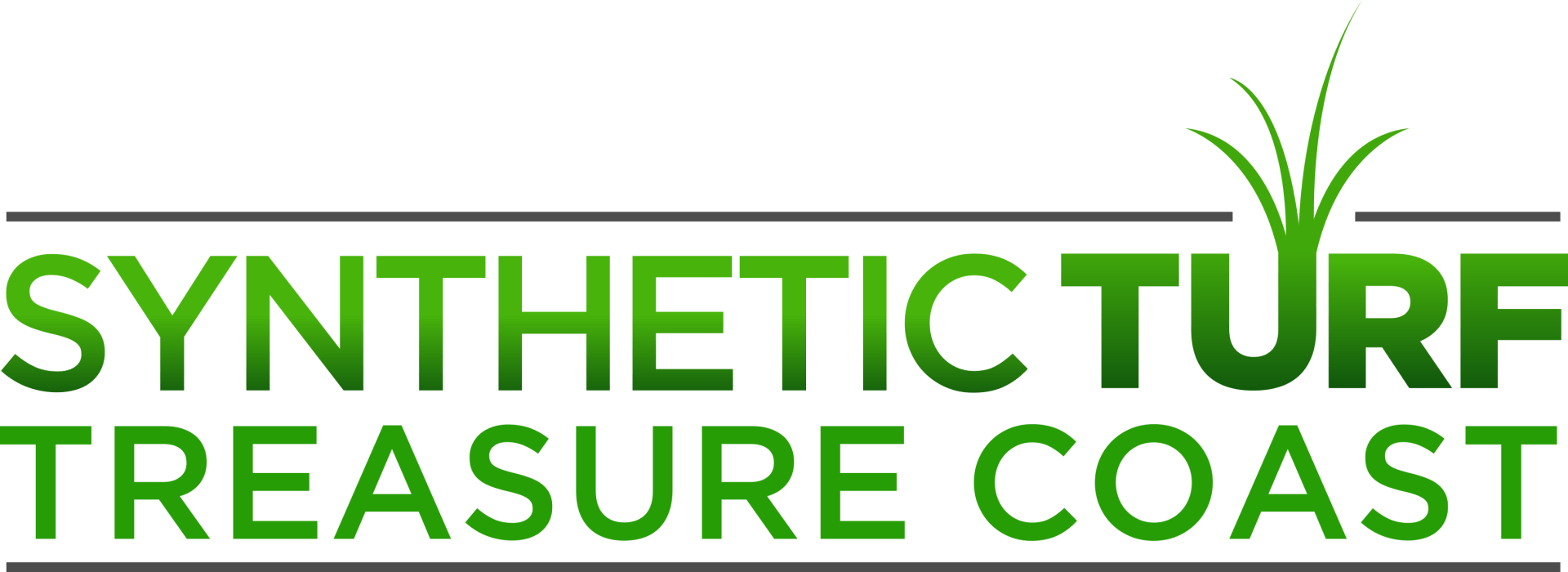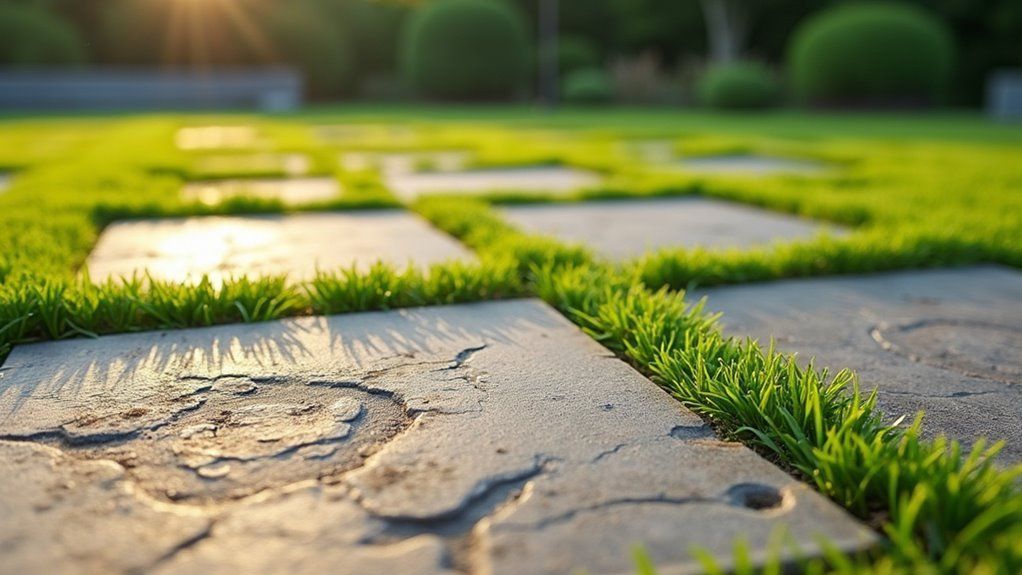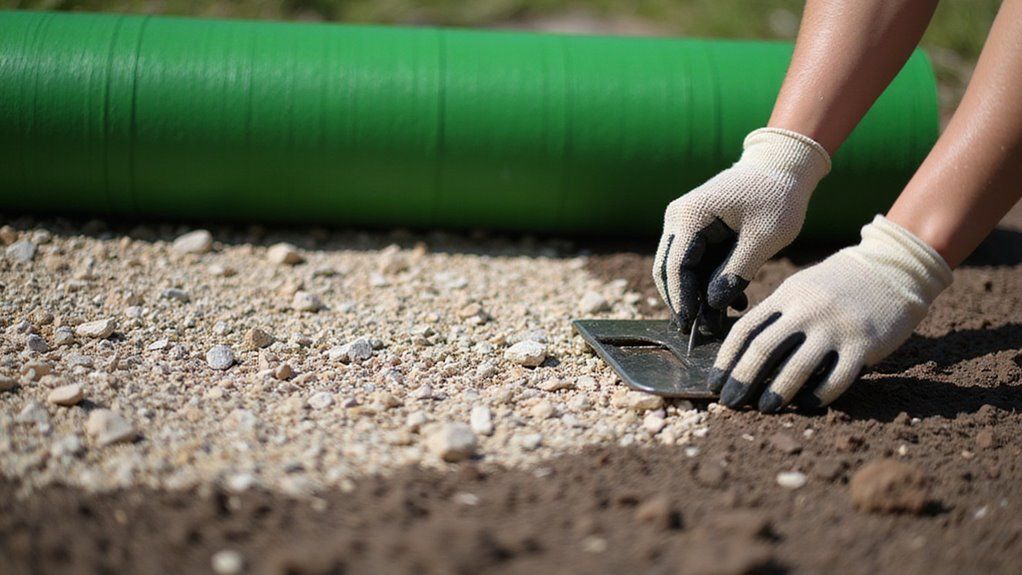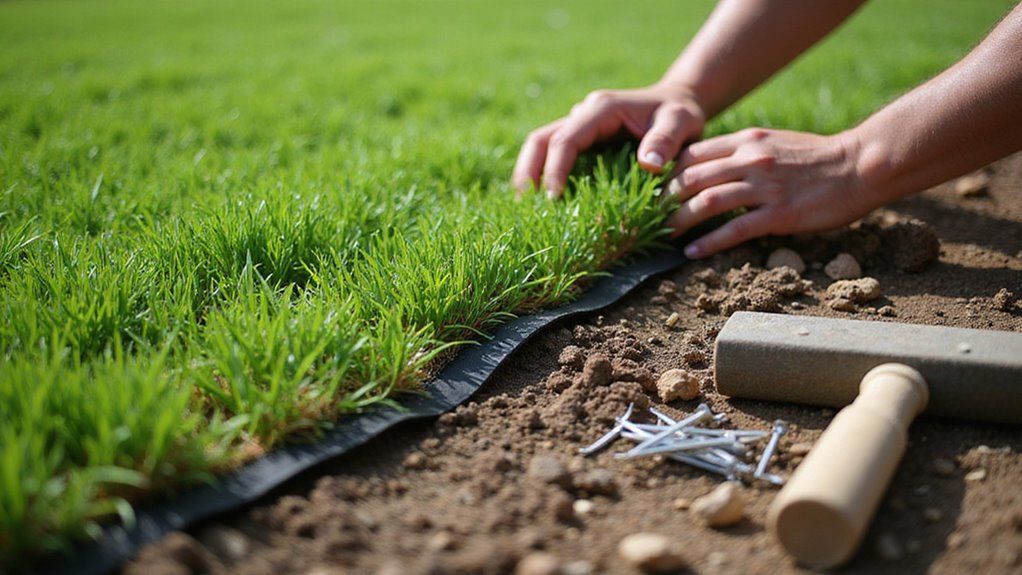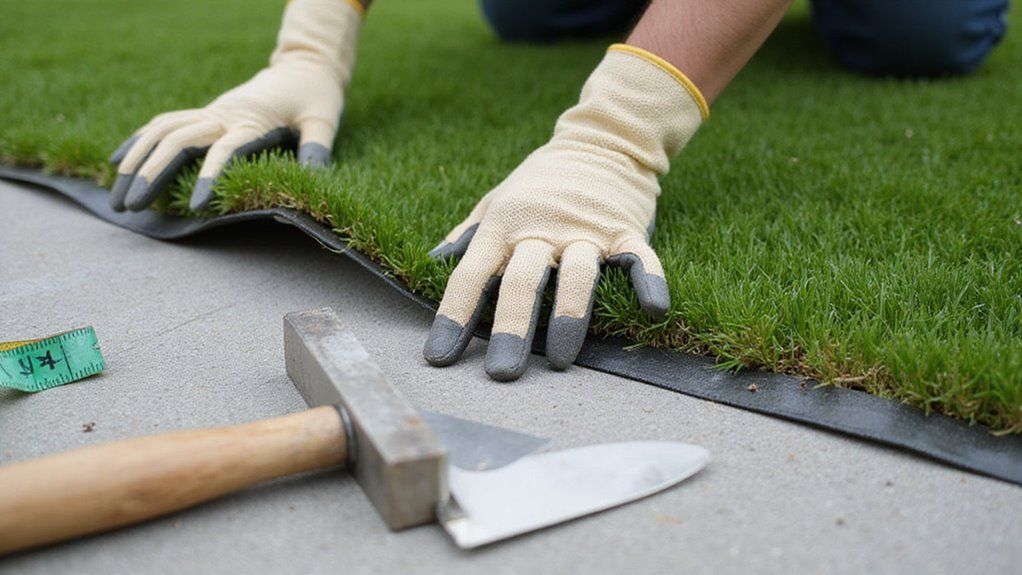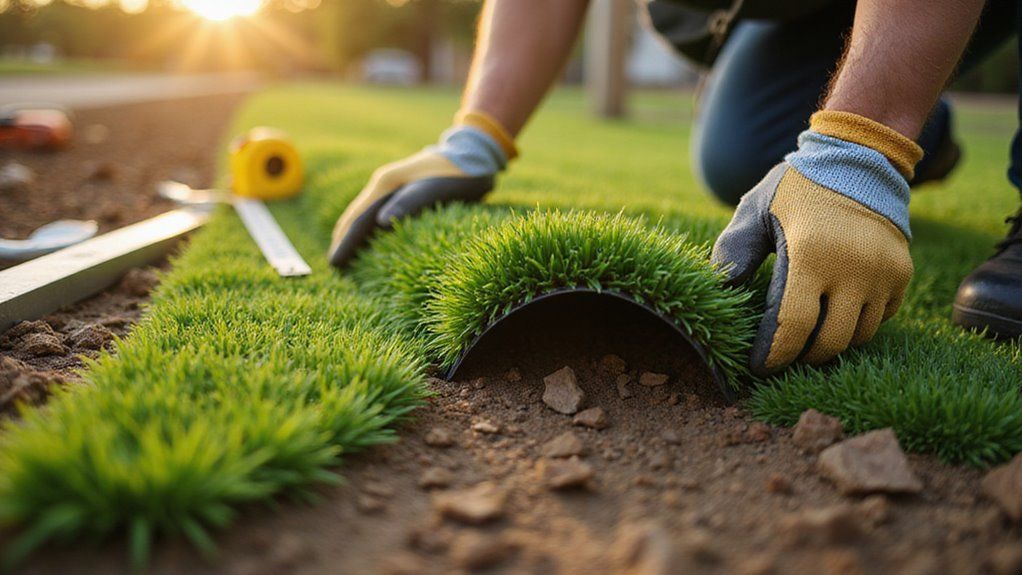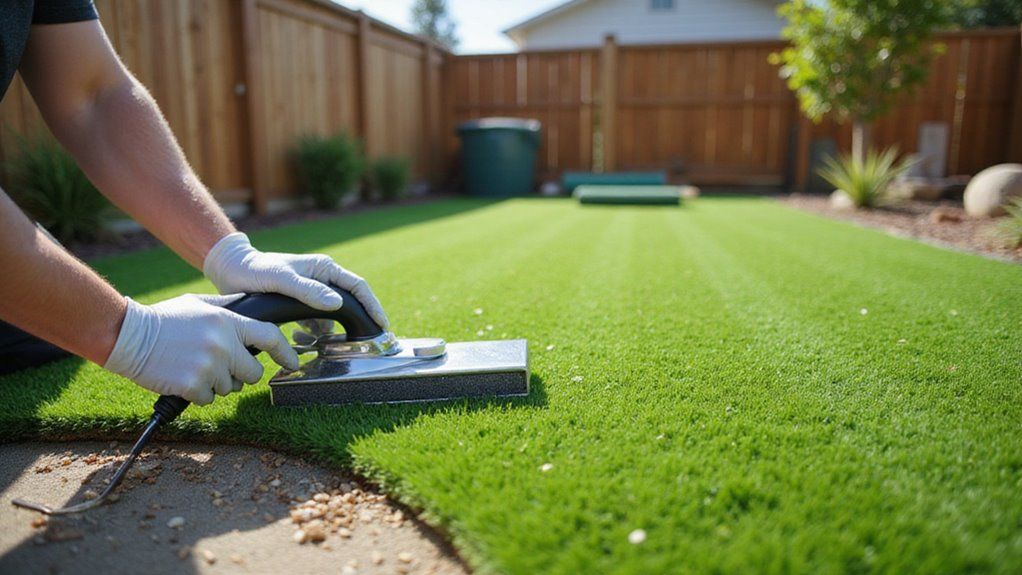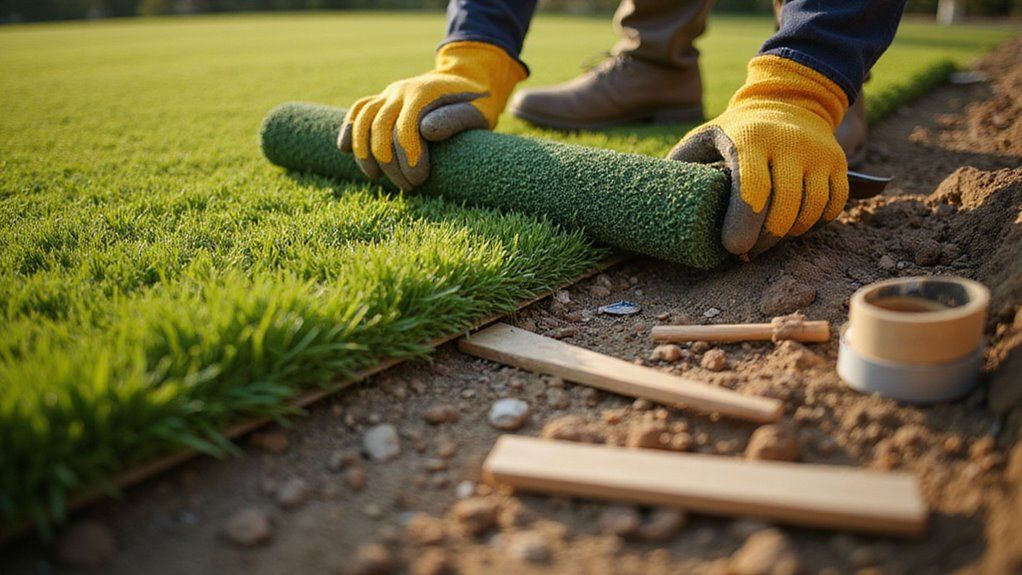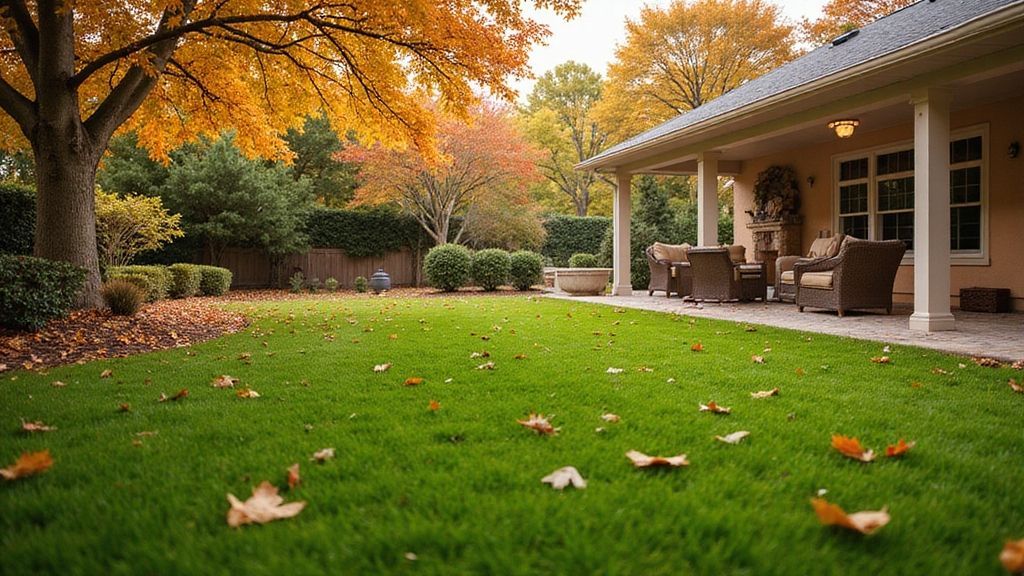Can Artificial Grass Be Recycled?
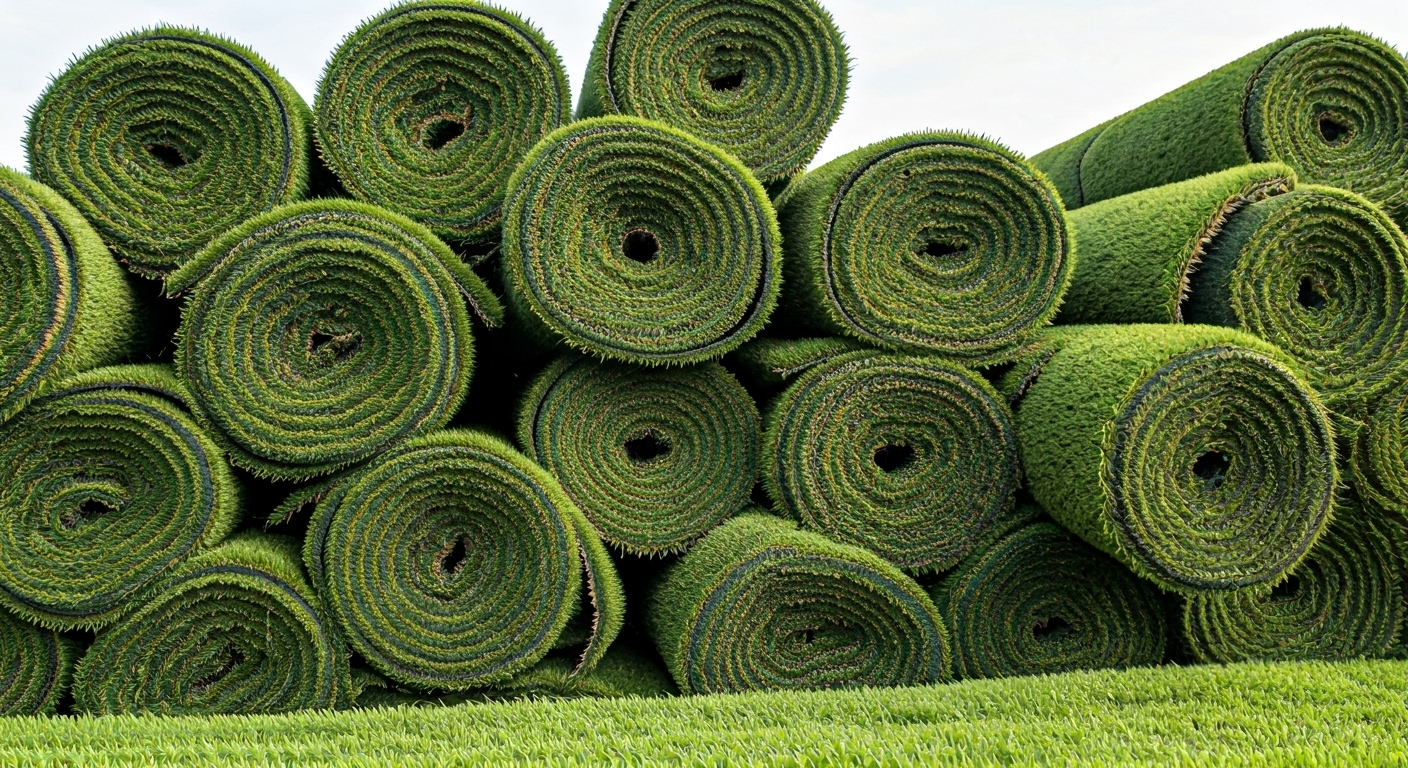
Artificial grass, or synthetic turf, is a good choice instead of real grass. People use it on sports fields, lawns, and in landscaping. But when artificial turf gets old and must be replaced, many wonder: can it be recycled?
This question is important because more people worry about what happens to old turf and the effect it has on the environment.
The recycling process for artificial turf can help lower waste and turn it into useful things. Still, this process is not easy or simple.
In this article, we will look at the challenges, chances, and different ways people are currently recycling artificial grass.
Key Highlights
- Artificial grass, commonly referred to as synthetic turf, is primarily made from durable plastic materials, such as polyethylene and polypropylene.
- The recycling process for artificial turf is challenging due to the mixture of turf, backing layers, and infill materials like crumb rubber.
- Recent advancements in recycling technologies have enabled better recovery of usable components from end-of-life synthetic turf.
- The United States has limited artificial grass recycling programs, complicating eco-friendly disposal options for aged turf.
- Disposing of artificial grass in landfill sites leads to microplastic pollution and contributes significantly to waste accumulation.
Understanding the Composition of Artificial Grass
Synthetic turf is made to look and feel like real grass, but it is stronger and can do more. Artificial grass uses plastic fibers mixed with backing layers and infill materials. Each part of these turf materials has its own job to do. When you put them all together, you get a turf system that many people use in different places.
But because synthetic turf uses more than one type of material, recycling it is harder. You have to take apart the turf materials, the glue layers, and the infill before you can recycle the artificial grass. This takes more work than some people think at first. Now, let’s take a closer look at what materials are used.
Materials Used in Manufacturing Artificial Turf
Artificial turf is made of many parts. These come together to make a product that is strong and works well. The plastic fibers in artificial turf use materials like polyethylene, polypropylene, and nylon. These are used to look and feel like real grass. They also help the turf last a long time. The fibers are woven into thick backing layers that are also made from plastic materials. This backing gives the turf a good base.
A second layer is added to hold the plastic fibers in place. This layer is usually made of urethane. It makes sure the turf is strong and can last for years. Some glue and polyester or nylon thread are used to join the different pieces and close the seams. This holds the whole thing together.
Next, the infill materials are put in. Infill helps add weight and gives the turf some cushion. People usually use crumb rubber which often comes from recycled waste tires, silica sand, or thermoplastic elastomer. With time, some have started using more natural infill, like cork.
These items make the system good, but also make the recycling process harder. The mix of many things like plastic materials, infill materials, crumb rubber, and thermoplastic elastomer causes problems for recycling.
How These Materials Affect Recyclability
The recycling process for artificial turf has some problems. The turf is made with many layers. Each part, like the plastic materials and crumb rubber infill, needs to be taken apart carefully. This is important because mixing these things can lower the quality of the raw materials.
Plastic fibers can be melted and turned into small pellets to make new products. But this only works if they are cleaned and separated the right way. Crumb rubber and the silica sand in the turf also need a lot of work to get rid of anything bad before they can be used again in other things.
Adhesive layers and parts of the turf that are stuck together make it hard and expensive to take everything apart. Still, new recycling ways are helping us turn these turf materials into new products. This helps people find better ways to get rid of old artificial grass without harming the planet.
The Environmental Impact of Disposing Artificial Grass
The way we get rid of synthetic turf can have a big effect on the environment. When artificial grass comes to the end of its life, it usually goes to landfills. This adds to the growing waste problem we all face. As this turf sits in the landfill and breaks down, it lets out microplastics. These tiny pieces go into the soil and water. They are bad for both soil and water health.
Because of this, recycling programs for synthetic turf are very important. Many places do not have sustainable ways for disposal. So, artificial grass keeps adding to pollution and waste. There are real worries about landfills filling up and microplastics getting into the earth due to the way old turf is thrown away.
Landfill Concerns and Microplastic Pollution
Disposal ways for artificial turf often cause harm to the environment. This is mainly because of microplastic pollution and too much garbage in landfills. Most synthetic turf ends up at landfill sites.
That happens because there are not many recycling options. There is a problem—the plastic fibers in the turf break down over time. These fibers turn into small microplastics that get into the soil and water.
There is also the problem of how much waste is made. Today’s turf weighs about 218 grams for each square foot. Replacing as few as 750 sports fields each year makes more than 330 million pounds of waste from turf. In places like California, about 10% of all this waste is created. This turf fills up landfills that already have too much trash. These things put more stress on the environment.
With these problems, it is important to recycle to help control damage for the future. This is very true in areas where there is more waste. Working to make the turf last longer and trying to create better recovery plans can also help the environment a lot.
Current Methods and Challenges in Recycling Artificial Grass
Recycling synthetic turf is still new and not very common. It can be hard and expensive to take apart things like the infill and backing layers. Even though some new technology can help, sorting these pieces takes a lot of work.
Only a few recycling programs, such as the ones from TenCate Grass, are trying to solve this problem in the United States.
The artificial turf industry has not started working hard on bigger recycling plans.
Because of this, turf waste is piling up across the United States. It shows that it is important to find better ways if we want to make synthetic turf more sustainable.
Existing Recycling Technologies and Their Limitations
Several groups are working to recycle old artificial turf, but the scale and how well they work are still small. TenCate Grass, along with ExxonMobil and Cyclyx International, uses a new Exxtend technology that breaks up turf materials into parts that can be used again. This process has made it possible to recycle millions of pounds of plastic waste so far.
At first, places like the Southern California recycling center start by taking apart turf fields. Then, the material moves on to ExxonMobil’s Texas location for advanced processing.
These turf materials are changed into top-quality components, and this lets people make new things from them. But, these projects do not do enough yet. Only fifty turf fields are processed each year, and that is not enough because waste is building up fast.
Because these programs are still small, it is hard to recycle artificial turf in a "meaningful way" across the United States. To solve this, spending more on growing these facilities, helping people learn more, and fixing the supply chain will all be important if we want to make real progress.
Barriers to Widespread Turf Recycling in the United States
Recycling artificial turf has not become common yet. This is mainly because there are big problems in the whole system. For example, tires have recycling systems that get money from state fees. But, turf recycling does not get help from the government.
This makes it hard for companies to start using or support turf recycling. It also means there is less reason for people or companies to do the right thing for the environment.
The artificial turf industry deals with hard tasks, too. Getting aged turf fields and moving them to places for recycling is tough all around the country. The supply chain that is needed for turf recycling makes things costly and slow.
Also, the industry has not come together to make one strong plan for the whole country. Joe Fields, who is the CEO of TenCate Grass Americas, says that to deal with artificial turf waste, there needs to be a solution that works for everyone involved.
Without a plan like this, turf recycling in the artificial turf industry will keep facing big problems. This keeps turf recycling from becoming normal in every place.
Conclusion
To sum up, recycling artificial grass is not simple. You need to know about what it is made of, the environmental impact of throwing it away, and the new recycling programs we now have. More people are worried about landfill waste and plastic pollution. That's why it is important that we look for better ways to handle artificial turf.
Some progress is being made, but there are still big problems in getting recycling for everyone. If we keep learning and push for better ways to recycle, we can help the environment. If you want to get rid of old artificial turf in a good way, you can talk to local recycling programs. They can let you know about the options you have to recycle.
FAQs
Can all types of artificial grass be recycled?
Not all types of artificial grass can be recycled in the same way. This is because there are different turf materials and infill parts, such as crumb rubber. The way to recycle old turf depends on how easy it is to take these layers apart. Some special processes can help people get back a big part of synthetic turf and its parts.
What happens to artificial grass after it’s recycled?
When artificial turf gets recycled, it turns into raw materials that can be used again. The plastics in the turf are cleaned, then they are shredded, and after that, melted into small pellets. These pellets help make new products. Infill materials, like crumb rubber, are also put to good use. They are used in things like new turf projects and some other ways.
Is recycling artificial turf cost-effective?
Recycling artificial turf can give us valuable products, but the recycling process costs a lot. This is because there be a lot of work needed to recycle it. Some places, like the plants run by ExxonMobil, use new ways to help make the process faster. Still, most places have not found a good and easy way to make costs lower for everyone.
Are there local recycling programs for artificial grass in the U.S.?
There are not many recycling programs for synthetic turf in the United States. Companies such as TenCate Grass have started some programs in different areas. But for most people, even in California, these programs are still hard to find. To get more info, it is a good idea to call your local providers and see what options they offer in your area.
How can consumers responsibly dispose of old artificial turf?
Consumers can check recycling programs from the manufacturer to get rid of old turf in a good way. Also, people can use the old turf in new ways. This helps lower the environmental impact and lets you use the turf for more time.
About the author
Kathy Leavell
Kathy Leavell is the founder and owner of Synthetic Turf Treasure Coast, a leading provider of synthetic grass solutions for residential and commercial properties in Florida. With over a decade of experience in the industry, Kathy has become a recognized expert in synthetic turf installation, maintenance, and repair. Under her leadership, Synthetic Turf Treasure Coast has earned a reputation for exceptional customer service and high-quality workmanship.
Prior to starting her own business, Kathy worked in sales and marketing roles at several major synthetic turf manufacturers.
